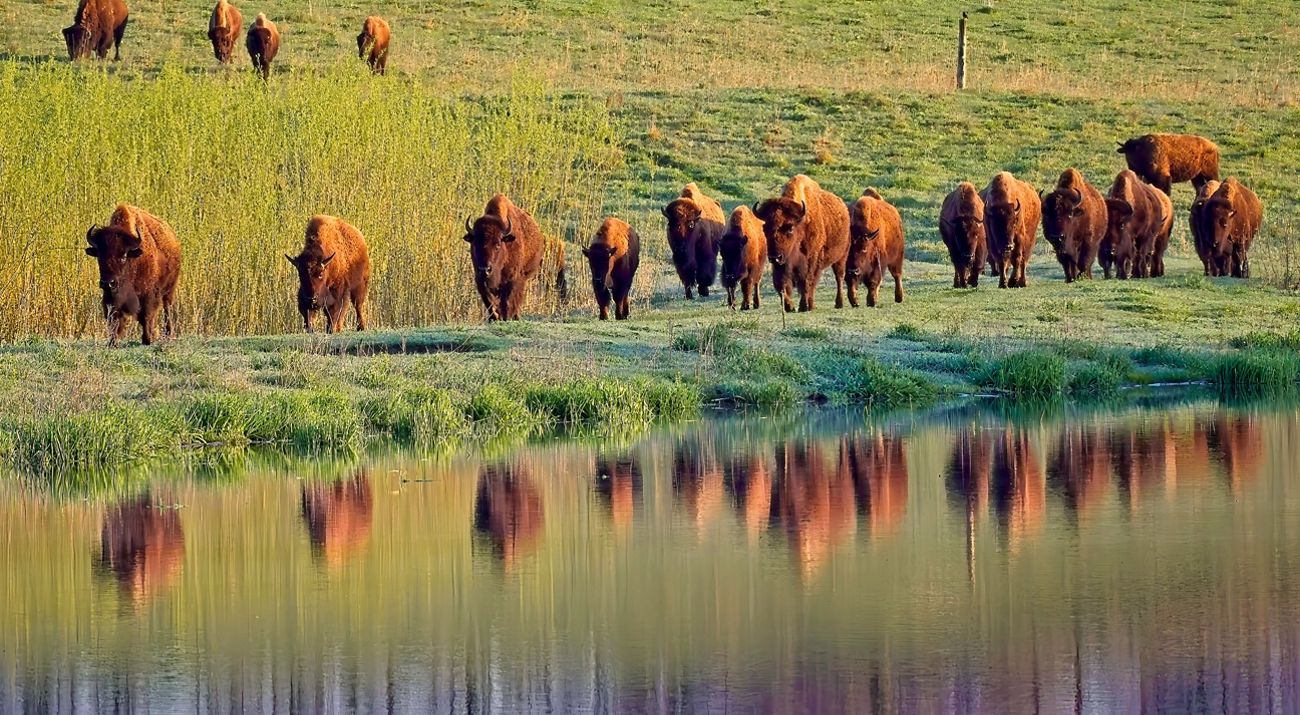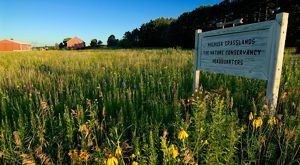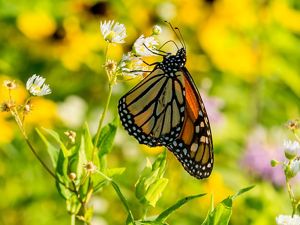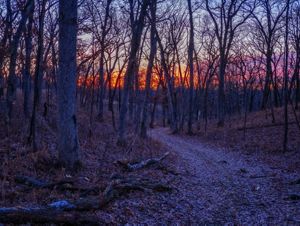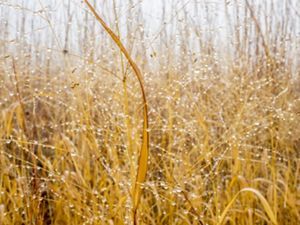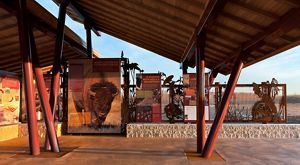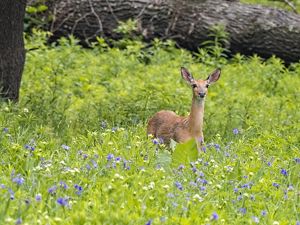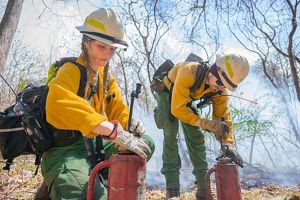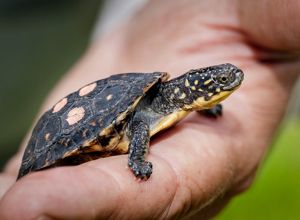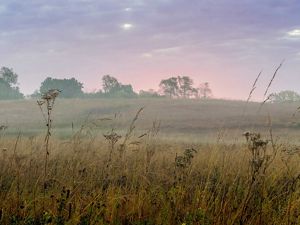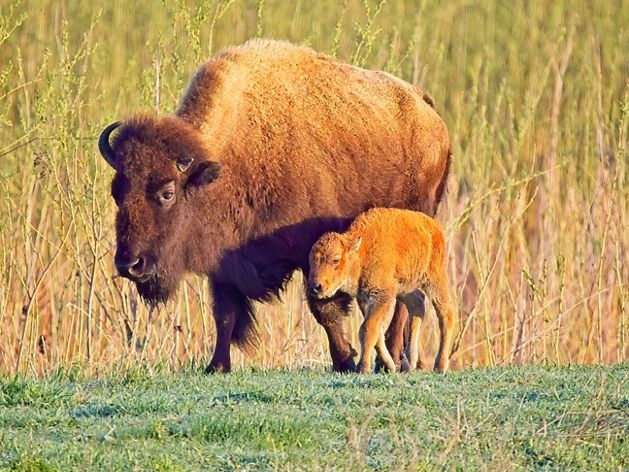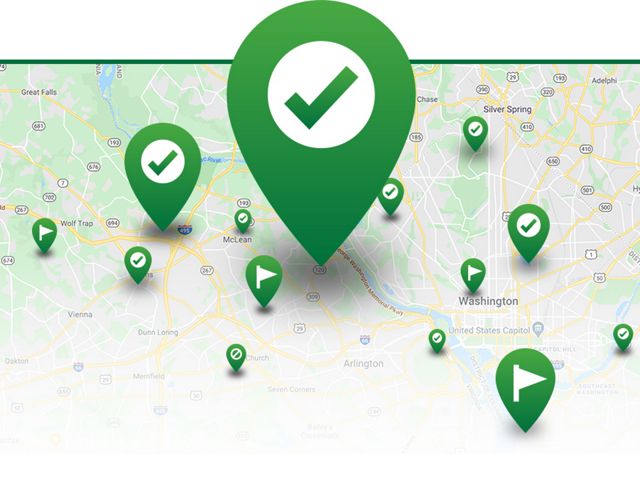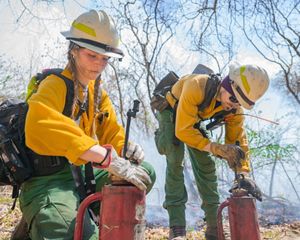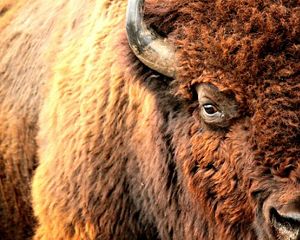Description
Nachusa Grasslands is a nature preserve made up of restored and remnant prairie located about two hours west of Chicago. TNC purchased the core of the preserve in 1986, recognizing that Nachusa offered the best opportunity in the state to restore a large and diverse grassland. So far, more than 4,000 acres have been protected at Nachusa Grasslands through acquisition or conservation easements.
Why You Should Visit
Blanding’s turtles and many other uncommon or rare animals call Nachusa home. Grassland birds—including grasshopper sparrows, dickcissels and Henslow’s sparrows—perch in the colorful prairie grasses, alongside the state’s largest populations of federally threatened prairie bush clover. And in October 2014, bison returned to Nachusa. In total, the preserve is home to 700 native plant species and 180 species of birds.
